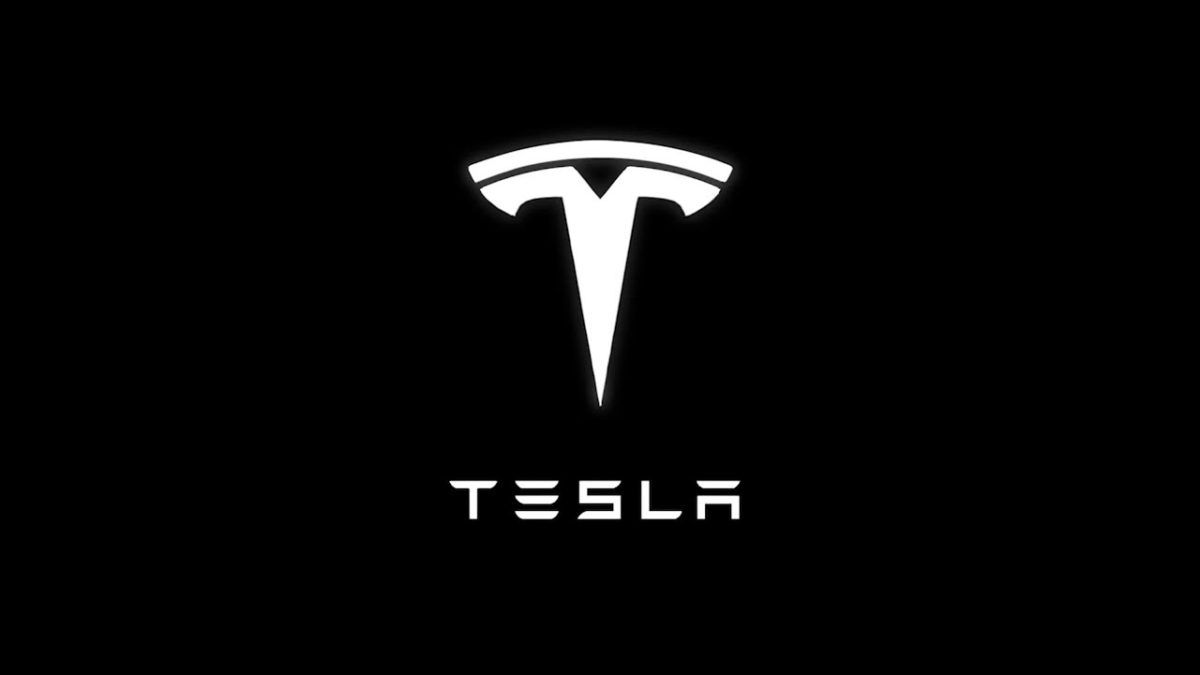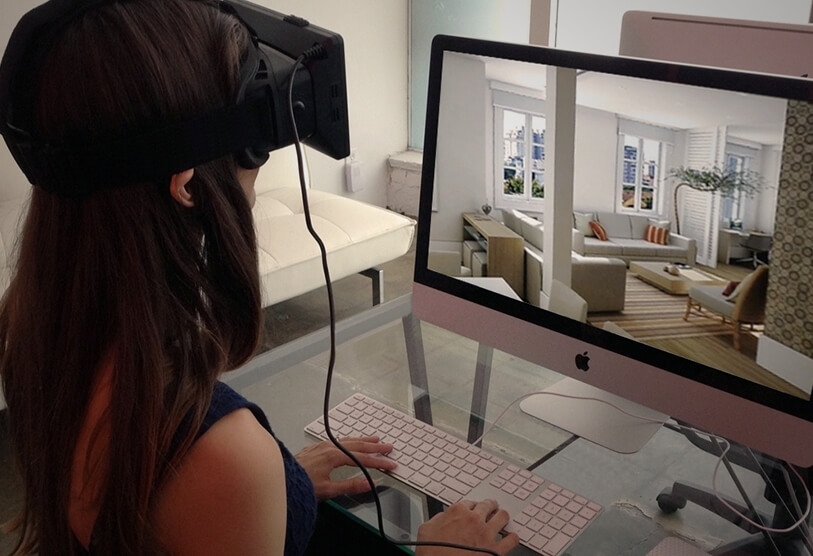Some people think that Tesla is disruptive. In 2014 there even was a shareholder of Tesla that suggested that the CEO of Tesla, Elon Musk, invented a new form of disruption. In this new form of disruption products start at the high-end (expensive) and move down (become cheaper over time). Tesla started producing electric cars which cost more then $100.000. Later , in 2015, Tesla started producing cars which cost approximately $70.000 and in 2017 Tesla plans to launch a new car that will only cost $35.000.
Clayton Christensen, a Harvard business School professor and disruptive innovation expert, and his team conducted a deep study of Tesla to determine whether the firm really is pioneering this new form of top-down disruption. To investigate the disruption of Tesla, Clayton and his team created 5 main questions:
- Does the product either target overserved customers (by offering lower performance at a lower price) or create a new market (by targeting customers who couldn’t use or afford the existing product)?
- Does it create “asymmetric motivation,” meaning that while the disrupter is motivated to enter higher performance segments over time, existing players aren’t motivated to fight it?
- Can it improve performance fast enough to keep pace with customers’ expectations while retaining its low cost structure?
- Does it create new value networks, including sales channels?
- Does it disrupt all incumbents, or can an existing player exploit the opportunity?
As Clayton and his team worked out all the answers to the questions it became clear that Tesla is not a disrupter, but a a classic “sustaining innovation”: a product that, according to Christensen’s definition, offers incrementally better performance at a higher price.
On the other hand, there are people who think that Clayton Christensen’s theories are outdated. These people say that with the way Tesla works and looking at what Tesla offers for what price, the company is being disruptive. Competitors already have a hard time trying to keep up with Tesla and according to Elon Musk this gap will become bigger and bigger. Can we call this disruptive, or not?
Sources:
- http://www.claytonchristensen.com/
- https://hbr.org/2015/05/teslas-not-as-disruptive-as-you-might-think
- http://fortune.com/2015/12/17/apple-tesla-uber-not-disruptive/
- https://www.technologyreview.com/s/539081/how-disruptive-is-tesla-really/
- http://www.huffingtonpost.com/seyi-fabode/why-tesla-is-not-disrupti_b_8625508.html
- http://www.asymco.com/2015/05/28/is-tesla-disruptive/
- https://www.washingtonpost.com/news/innovations/wp/2015/11/23/what-the-legendary-clayton-christensen-gets-wrong-about-uber-tesla-and-disruptive-innovation/
- https://electrek.co/2016/06/07/tesla-tsla-elon-musk-years-ahead-of-the-competition-ron-baron/


